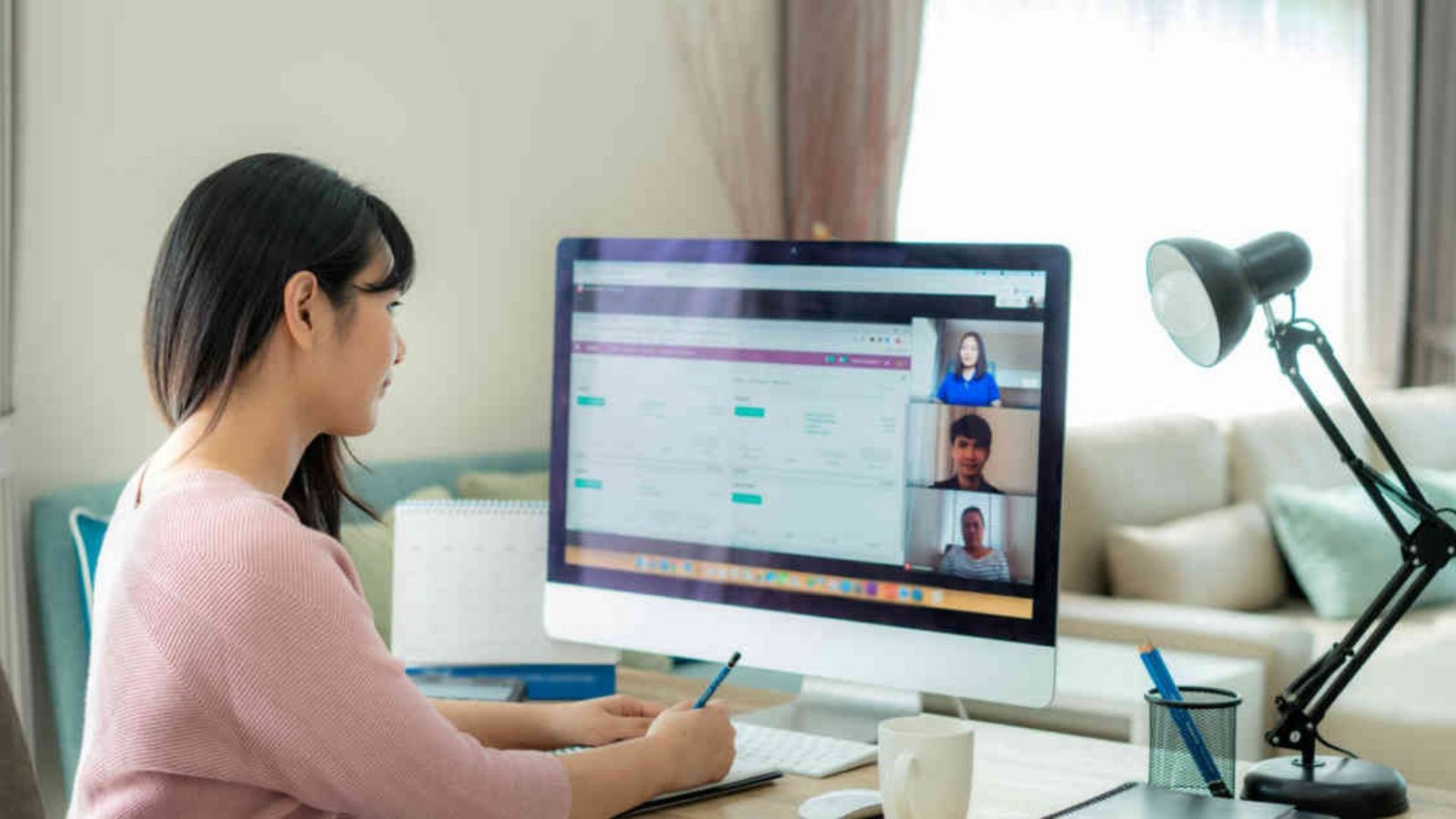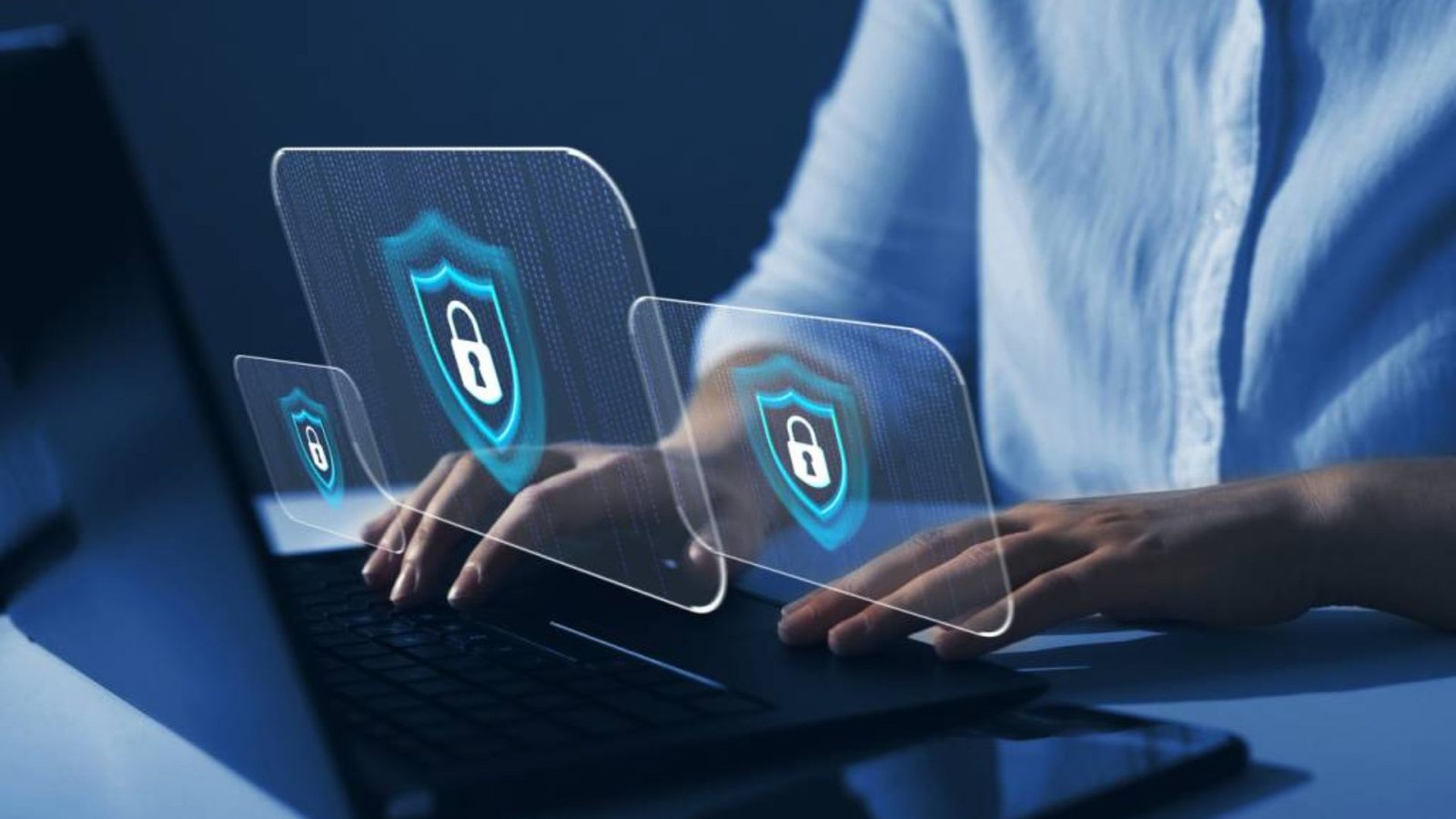Ways of Enhancing the Security of Your Conference Systems
Enhancing the security of your conference systems is crucial in today’s digital world. With the rise of remote work and virtual meetings, ensuring the protection of your conference systems from potential threats is more important than ever. In this article, we’ll provide practical tips to help you secure your conference systems and maintain the confidentiality and integrity of your meetings.
Understanding the Importance of Conference Security
When discussing enhancing the security of your conference systems, it’s vital to recognize why this is so important. Secure conference systems help:
- Prevent Unauthorized Access: By securing your systems, you prevent unauthorized individuals from joining your meetings.
- Protect Sensitive Information: Ensure that confidential data discussed during meetings remains private.
- Avoid Disruptions: Prevent disruptions from malicious attacks or unauthorized intrusions.

Use Strong Authentication Methods
One effective way of enhancing the security of your conference systems is by using strong authentication methods. This includes:
- Multi-Factor Authentication (MFA): Implement MFA to add an extra layer of security by requiring more than just a password.
- Unique Meeting IDs: Use unique IDs for each meeting to prevent unauthorized access.
Regularly Update Your Software
Keeping your software up-to-date is essential for protecting your conference systems. Regular updates help:
- Patch Vulnerabilities: Updates often include security patches that fix known vulnerabilities.
- Improve Functionality: Updates can enhance the overall performance and security of your systems.
Implement Encryption
Encryption is another key measure for enhancing the security of your conference systems. It ensures that:
- Data is Protected: Encryption protects data during transmission, making it unreadable to unauthorized users.
- Confidentiality is Maintained: Ensure that only authorized participants can view the content of your meetings.
Secure Your Network
A secure network is crucial for protecting your conference systems. Steps to secure your network include:
- Use Firewalls: Firewalls help block unauthorized access to your network.
- Update Network Security Protocols: Regularly review and update your network security protocols to protect against new threats.
Control Access to Meetings
Controlling access is a fundamental aspect of enhancing the security of your conference systems. You should:
- Require Passwords: Set up passwords for meeting access to prevent unauthorized individuals from joining.
- Manage Participants: Control who can join the meeting and remove anyone who should not be present.
Monitor and Log Activity
Monitoring and logging activity on your conference systems help you:
- Detect Suspicious Behavior: Regularly review logs to identify and respond to any unusual activity.
- Maintain Accountability: Ensure that all actions within the conference system are tracked and recorded.
Educate Participants
Educating participants about best practices for conference security is essential. Training should include:
- Recognizing Phishing Attempts: Teach participants how to identify and avoid phishing scams.
- Handling Sensitive Information: Instruct participants on how to handle sensitive information securely during meetings.
Use Secure Communication Channels
Utilizing secure communication channels is another way to enhance the security of your conference systems. Consider:
- Secure Video Platforms: Choose video conferencing platforms that offer robust security features.
- Encrypted Communication Tools: Use tools that provide end-to-end encryption for all communications.
Implement Access Controls
Access controls are vital for maintaining the security of your conference systems. Implement:
- Role-Based Access: Assign specific roles to users with varying levels of access.
- Regular Access Reviews: Periodically review and update user access levels to ensure they are appropriate.
Secure Endpoint Devices
Securing endpoint devices, such as computers and smartphones, helps protect your conference systems. Ensure that:
- Antivirus Software is Up-to-Date: Keep antivirus software current to protect against malware.
- Devices are Secured: Use strong passwords and encryption on all devices used for conferencing.
Backup Your Data
Regularly backing up your data ensures that you can recover information if a security breach occurs. Implement:
- Automated Backups: Set up automated backups to ensure that your data is consistently saved.
- Secure Backup Storage: Store backups in a secure location to prevent unauthorized access.
Review Security Policies
Regularly reviewing and updating your security policies helps you stay ahead of potential threats. Ensure that:
- Policies Reflect Current Threats: Update policies to address new and emerging security threats.
- Compliance Requirements are Met: Ensure that your security practices comply with relevant regulations and standards.
Utilize Advanced Security Features
Take advantage of the advanced security features offered by your conference system. These may include:
- Virtual Private Networks (VPNs): Use VPNs to encrypt internet connections and protect data.
- Advanced Authentication Options: Explore advanced authentication methods for added security.
Conclusion
Enhancing the security of your conference systems is essential for protecting your organization’s data and maintaining the confidentiality of your meetings. By implementing strong authentication methods, regularly updating software, using encryption, and securing your network, you can significantly improve the security of your conference systems. Additionally, educating participants, monitoring activity, and utilizing advanced security features will further safeguard your communication infrastructure.



